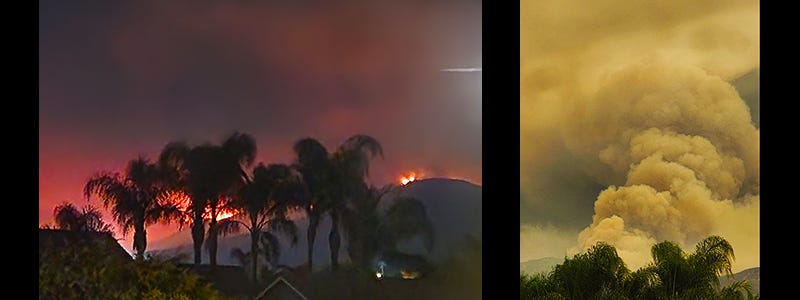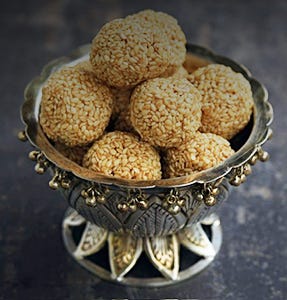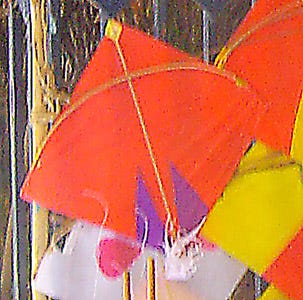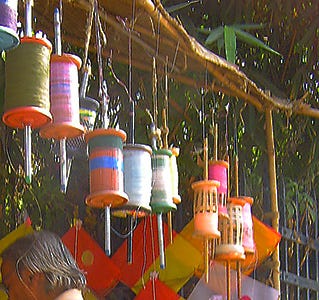(All content on this Substack is subject to copyright and may not be reproduced or used in any form without the consent of © Rilla Jaggia)
When Bob Dylan wrote this song, I doubt he was thinking about the Santa Ana winds raging through Southern California, razing homes, kindling terror in us all with every gust. But his refrain certainly applies to this horrific situation. How many people must perish or be displaced, how many houses torched, how much wildlife be wiped out, how many forests burn before we address climate change? The answer, indeed, is blowin’ in the wind.
Ever since we moved to SoCal two decades ago, I have dreaded the Santa Ana winds that thunder through the mountain passes in fall as if bored with their abode in higher deserts inland, rumbling through our valleys on a mission to see the sea. Or, rather, the Pacific Ocean. When these devils awake, they set me and the whole region on edge.
But never have we experienced anything like the dragons that roared all last Tuesday, raging at anything that dared to slow their progress downhill to the coast. The house shook, dirt and ash blew in through locked-shut windows to coat blinds and sills. There was no sleep to be had that night and then, to learn of the horror precipitated on so many Angelinos the next day, and on…
I weep for them even as I hold my breath at the mention of every fire springing up around us, a couple of blocks down the street, the next town away, at the intersection of two local freeways—panicked Ring neighbors asking if anyone else smells smoke, if the local hardware store is on fire, if—
I sigh with gratitude at the news of each containment by heroic firefighters on high alert. For what has happened on the coast can so easily happen to us.

My lists of what to grab if the need to evacuate arises are made, though, unlike last August, my bags aren’t packed. Fingers crossed, knock on wood, yeah, it’s a time for superstition, and prayers, and preparation.
And I think about what time of year this is. January. So utterly unusual for the Santa Anas. But totally usual for kite season in India. A time when the light winds are perfect. In fact, January 14 is Til Sankranti, a celebration of spring, a day we would gorge on til laddus, or sesame seed treats, rounded into balls, held in place with just the right amount of molasses or gud. And, of course, fly and fight the kites that commandeered the skies, climbing, spinning, diving, racing splashes of color.
This is not a get-out-of-my-hair-and-go-fly-a-kite sort of event. It’s a deadly serious, get-out-of-my-way-I’m-flying-a-kite situation, prepared for weeks in advance.
Indian fighter-kites are square-diamonds of colored tissue paper built on a bamboo skeleton—one straight vertical stick and another longer stick bowed upward on the horizontal axis and glued in at the corners. Paper edges are folded over a fine thread for reinforcement. A small shredded-paper tassel serves for a tail.
The kites sport various recognizable and named designs. And enthusiasts, like my father, have their favorites, with myths from childhood built around kites in their battling histories that brought them victory.
In the weeks before Til Sankranti, the excitement level in my home would soar. My American mother was interested only in the sesame sweets. She never understood the rest of her family’s enthusiasm for a sport that basically involved dueling bits of paper. Ah, how my father would try to explain… And then give up, as my brother and I headed out with him to inspect the lines of makeshift kite-stalls that sprang up in any open space.
I already had a favorite wooden charkha or spool with long wooden handles used to wrap kite string. The time and energy that had gone into choosing just the right one was similar to Harry Potter finding his wand. It had to be perfectly balanced, any wobble would be the difference between life and death in a kite-fight. Polished handles would need to cozy into the crook of my elbow and nestle in my palm. The weight had to be appropriate to my size. I remember how beyond-excited I was when I graduated to an adult charkha. A rite of initiation.
Next, we ensured we had enough of standard white thread on the spool to allow our kites to fly far into the distance. More crucial, though, was the manja, or powdered-glass-coated thread, essential for fighting, i.e., cutting through the thread of an opponent’s kite. This came in a multiplicity of colors, qualities, weights, and lengths.
It was preferable, according to my father, to hold regular string in our hands once our kites had reached a desirable height from which to commence battle. He had great disdain for any fighter who only used manja thread. Not just because the stuff could slice through your hand, but also because over-handling of that crucial weapon in a flyer’s arsenal led to its degradation, creating weak-spots.
Loaded with our equipment, we’d head to the house of a boyhood friend of my father’s. They’d grown up kite-fighting together, and now his neighborhood had a higher kite-to-sky ratio than ours. Plus, his wife, hands down, made the best til laddus or sesame sweets.
Up, on the roof-terrace, we’d take turns flying and playing spool-caddy (a role requiring almost as much expertise as one in golf). I remember so well the thrill of the kite dance, it’s like I’m actually there—
The weight of the kite is in my hands, its pull, its tug, the sound of its fluttering tissue while still near, the jump of my heart at the appearance of another kite close enough to fight.
Adrenaline on full throttle, I release thread so my kite can approach the intruder. I hold my breath, teeth clamped into my lips, for the first test of the battle—getting my thread above my opponent’s. Paradoxically, I drag down to force my kite to, “Climb, Baby, climb.”
That’s it. Now, dive over the other’s manja. Not too fast, not too hard. No jerks.
The strings touch. Electricity jolts through me. Fight’s on!
“Dheel,” I yell, “dheel!” I reel out thread. The wind is just right. Thread whips though my fingers as my caddy holds the spool at the perfect angle to keep the flow smooth.
Both kites spin, farther and farther away, sinking toward the horizon, locked in a fight to the death. My blood pounds in my ears. My tongue tastes metal. Sweat trickles into my eyes, burning, but I’ve forgotten how to blink as the racing thread grazes my palms, hot against my fingers.
I panic. The kites are too low. I’m running out of thread.
And then, the heart-stopping jerk.
My kite has been cut—
NO! It’s still attached. I won! I won!
There’s dancing and yelling around me on the terrace. But as the ant-like figures of kids on the street below, shrieking, “Katti pattang,” chase the unfortunate loser with sticks and branches, my job is not done. If I don’t rush to raise my kite above my opponent’s colorful manja billowing headless through the sky, I can still lose it.
After anxious moments and exhausted arms from reeling my victorious baby in, it’s finally time—to attack the plateful of sesame laddus I’ve claimed for my own. Victory is indeed sweet. (You didn't really think I'd let myself lose in a totally hypothetical, imaginary setup, did you? 😁)

Happy Til Sankranti!
May we all find something to lift our spirits this season, no matter how dire our circumstances.
If you’d like to donate to victims of the LA fires, here is a link to help you navigate to a charity of your choice:
https://www.charitynavigator.org/discover-charities/where-to-give/palisades-fire-2025/
For emergency info, go here:










For a few minutes, I’d rather not dwell on the devastating fires in LA or the red flag warning for SLO County. Instead, I find myself reminiscing about kite flying as a child. I was never great at pecha (kite fighting), but I could always get a kite in the air, even without much wind. In Punjab, Basant is the main kite-flying day in spring, while Lohri, celebrated on the Makar Sankranti eve, involves bonfires, dancing, and giving sweets and gifts, especially to children and those in need. My mother embraced this tradition with even more enthusiasm when she gave birth to a boy on Lohri, making the occasion even more special.